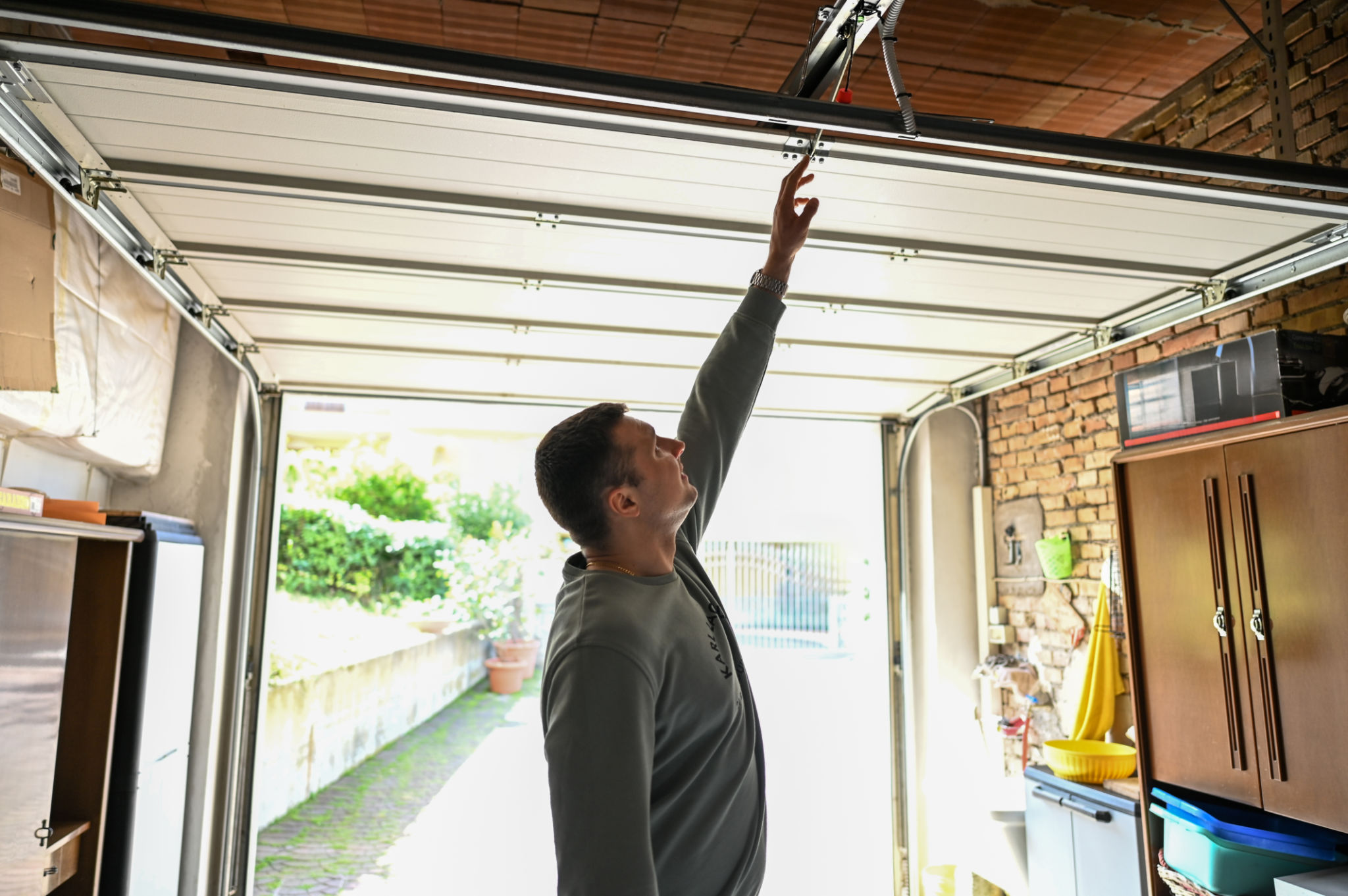Clutch Replacement: Common Signs and Solutions
JG
Understanding Clutch Replacement
The clutch is a crucial component of your vehicle's transmission system, allowing smooth engagement and disengagement of the engine from the wheels. Over time, the clutch can wear out, necessitating a replacement. Understanding the signs of a failing clutch can help prevent further damage to your vehicle and ensure a smoother driving experience.

Common Signs of a Failing Clutch
Identifying the early signs of clutch failure can save you from costly repairs. Here are some common indicators that your clutch may need attention:
- Slipping: If you notice the engine revving but the vehicle not accelerating as expected, this might indicate a slipping clutch.
- Difficulty Shifting Gears: Struggling to shift gears smoothly can be a sign of clutch wear.
- Unusual Noises: Any grinding or squealing noises when engaging the clutch could suggest a problem.
Solutions for Clutch Problems
If you suspect clutch issues, it's essential to take action promptly. Here are some solutions to consider:
- Adjustment: In some cases, a simple adjustment can resolve minor issues, especially in manual transmissions.
- Replacement: When wear is extensive, a complete clutch replacement may be necessary. A professional mechanic should handle this task.
- Regular Maintenance: Regular inspections and maintenance of your vehicle's transmission system can help prevent clutch problems.

The Importance of Professional Help
While some automotive enthusiasts may choose to tackle clutch replacement themselves, it's often best left to professionals. A qualified mechanic will have the necessary tools and expertise to ensure the job is done correctly and safely.
Attempting a DIY clutch replacement without proper knowledge can lead to further damage and potentially higher costs in the long run. Investing in professional help not only ensures quality workmanship but also provides peace of mind.
Preventive Measures to Extend Clutch Life
To extend the lifespan of your clutch and avoid frequent replacements, consider these preventive measures:
- Avoid resting your foot on the clutch pedal when not in use.
- Engage the handbrake when stationary instead of holding the vehicle with the clutch.
- Shift gears smoothly without rushing to minimize strain on the clutch.

By being attentive to these practices, you can significantly reduce wear and tear on your clutch, ensuring a longer-lasting and more reliable driving experience.
In conclusion, understanding the signs of clutch failure and taking appropriate action can save you time, money, and stress. Regular maintenance and professional assistance are key to keeping your vehicle’s transmission in top condition. If you suspect any issues with your clutch, don't hesitate to consult with a trusted mechanic for an accurate diagnosis and effective solutions.
